Printing Techniques for Custom Clothing Production
Decoration methods bring your designs to life and define your brand’s look. This section covers the most important printing techniques in modern clothing production, from screen printing and embroidery to digital printing (DTG, DTF), puff prints, and sublimation. Discover how each method affects quality, detail, cost, and scalability, and understand which technique is best suited for streetwear, athleisure, or large wholesale runs. Whether you want bold graphic prints, subtle embroidery, or experimental finishes, these guides explain how professional apparel manufacturers in Portugal apply print methods at scale to deliver premium results.
-
Traditional & High-Volume Techniques
-
Screen Printing: A classic method where ink is pushed through a mesh screen onto the garment. Ideal for bold, simple designs with limited colors and large production runs. Offers high durability and color opacity.
-
Plastisol Ink: The most common ink in screen printing. A PVC-based plastic ink that sits on top of the fabric. Known for vibrant colors, high opacity on darks, and a slightly rubbery feel. Can be used for specialty effects like puff.
-
Water-Based Ink: A screen printing ink that soaks into the fabric rather than sitting on top. Results in a much softer, breathable hand-feel (like the garment itself) but is less opaque on dark fabrics and can be less durable.
Digital & On-Demand Printing
-
Digital Printing (DTG - Direct to Garment): An inkjet process that prints designs directly onto the garment. Excellent for highly detailed, full-color designs with photorealistic quality. Best for cotton garments and smaller batch orders.
-
Digital Transfer (DTF - Direct to Film): A process where a design is printed onto a special film with adhesive powder and then heat-pressed onto the garment. Works on a wider range of fabrics (including polyester blends) than DTG and offers a soft, flexible print.
-
All-Over Sublimation: A dye-based printing method where designs are printed onto transfer paper and then permanently infused into polyester fabric using heat and pressure. Allows for seamless, edge-to-edge printing with no feel on the fabric. Requires white or light-colored polyester garments.
-
-
-
Specialty & Textural Effects
-
Puff Print: An additive mixed with plastisol ink that expands when heated, creating a raised, textured, three-dimensional effect on the print.
-
Flock Print: A technique where adhesive is applied to the garment and then short fibers (flock) are electrostatically bonded to it, creating a velvety, textured surface.
-
High-Density Print: A screen printing technique that uses thick ink layers to create a raised, textured print with a sharp, embossed-like edge, without expanding like puff.
-
Glitter / Foil Print: Specialty inks or heat-transfer processes that add a shiny, metallic (foil) or sparkling (glitter) finish to a design for a high-visibility, flashy effect.
-
Discharge Printing: A specialized screen printing method that uses a water-based ink with an additive that bleaches the garment's dye and replaces it with new color. Results in an extremely soft print that is part of the fabric, but only works on reactive-dyed garments (like 100% cotton).
Embellishment & Appliqué
-
Embroidery: The art of stitching a design directly onto a garment using thread. Conveys a premium, durable, and textured finish. Ideal for logos, lettering, and classic brand motifs.
-
Chenille Embroidery: A specific type of embroidery that uses a fuzzy, yarn-like thread to create a soft, raised, and textured patch effect.
-
Heat Transfer Vinyl (HTV): Cutting shapes from colored vinyl sheets and then heat-pressing them onto the garment. Excellent for solid, single-color designs, metallic finishes, and small runs.
-
Laser Etching: Using a laser to burn away the surface of a fabric (typically cotton or leather), creating a subtle, permanent, and high-contrast design without any added ink or thread.
-
Appliqué: A technique where pieces of fabric are cut into shapes and sewn or adhered onto a base garment to create a design, adding color, texture, and dimension.
-
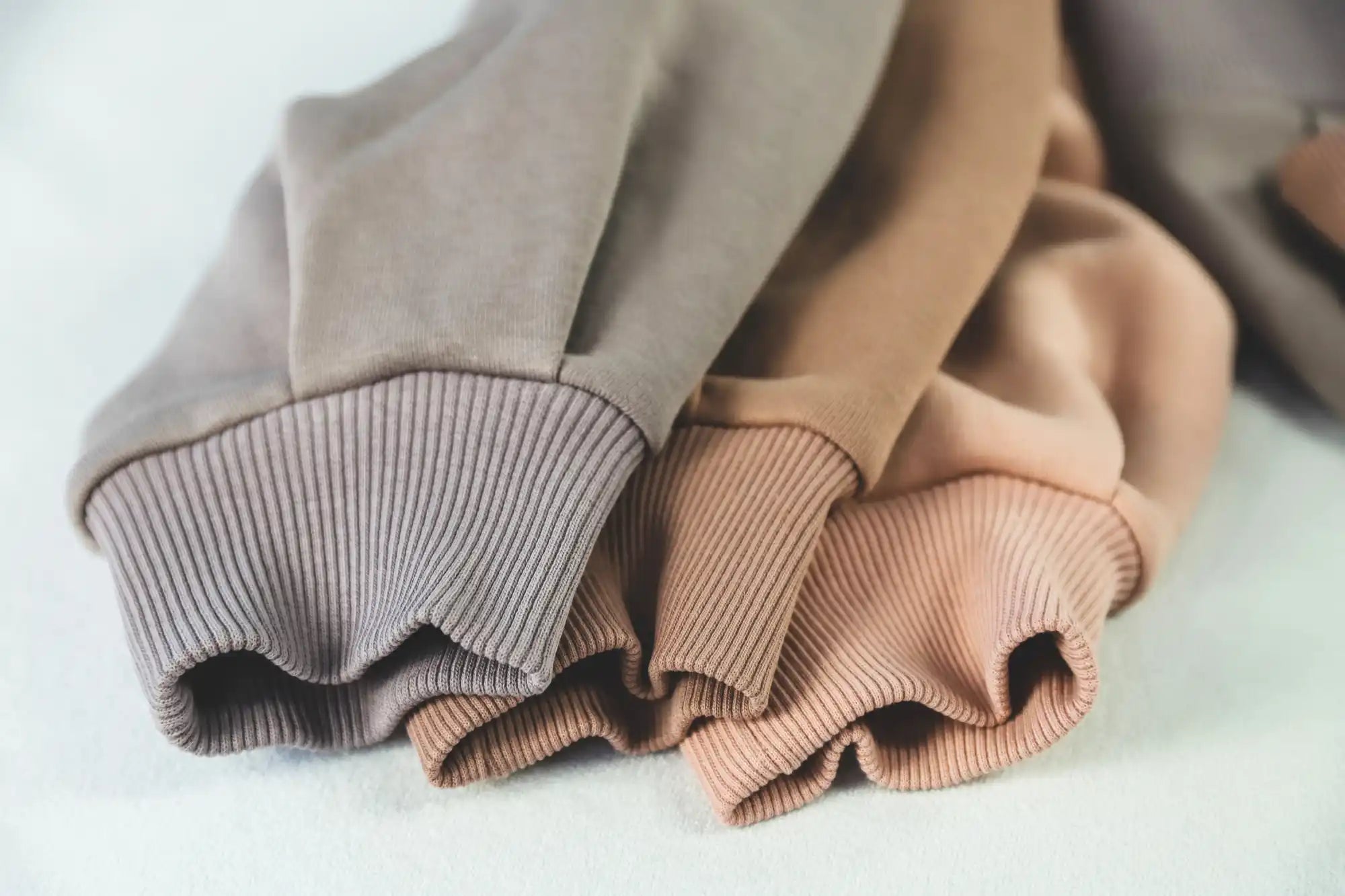
Materials & Fabrics for Clothing Production
Explore cotton, French terry, jersey, fleece, and sustainable blends used in premium apparel manufacturing.
Explore Premium Apparel Fabrics Guide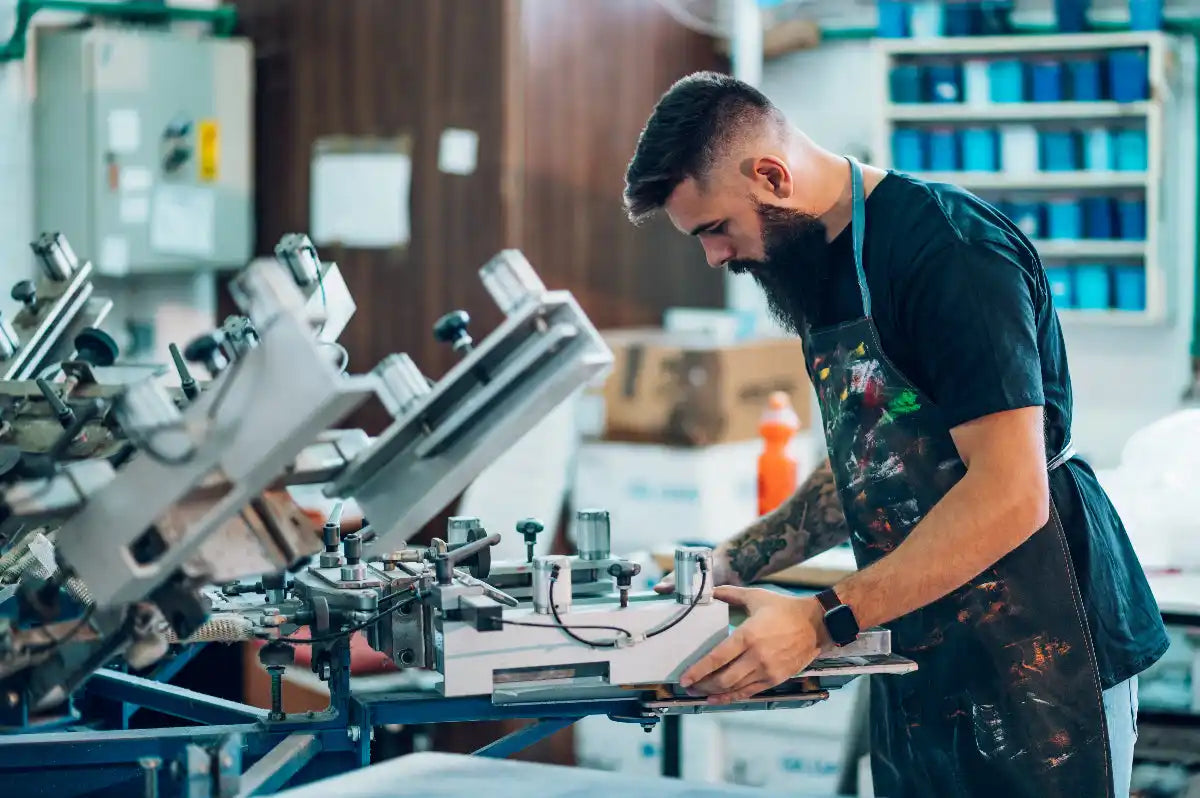
Printing Techniques for Apparel Production
Screen printing, embroidery, puff prints, and digital methods for custom clothing manufacturing.
Explore Custom Apparel Printing Techniques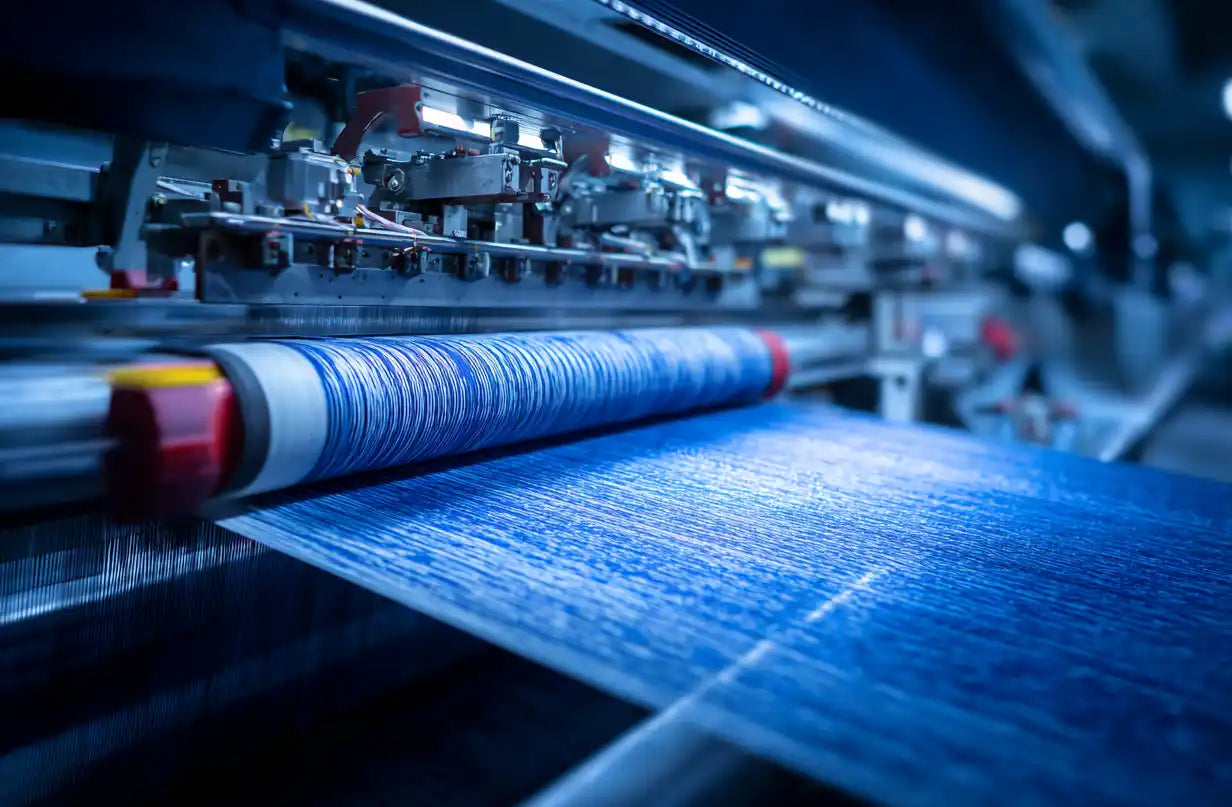
Dyeing Techniques in Clothing Manufacturing
Garment dye, pigment, acid wash, and stone wash finishes that create unique apparel designs.
Compare Apparel Finishing Techniques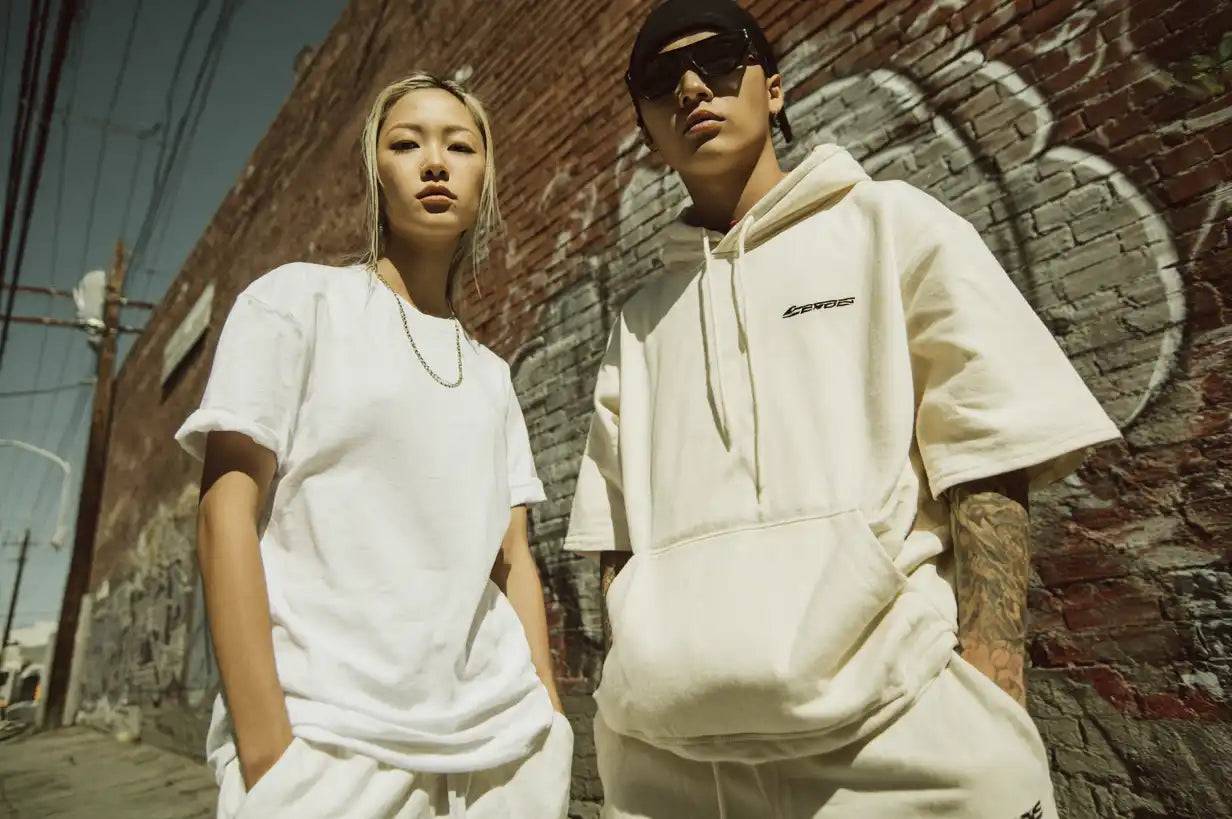
Popular Clothing Items for Custom Apparel
Hoodies, joggers, t-shirts, leggings, and biker shorts — essentials for every apparel collection.
Explore Popular Custom Clothing Items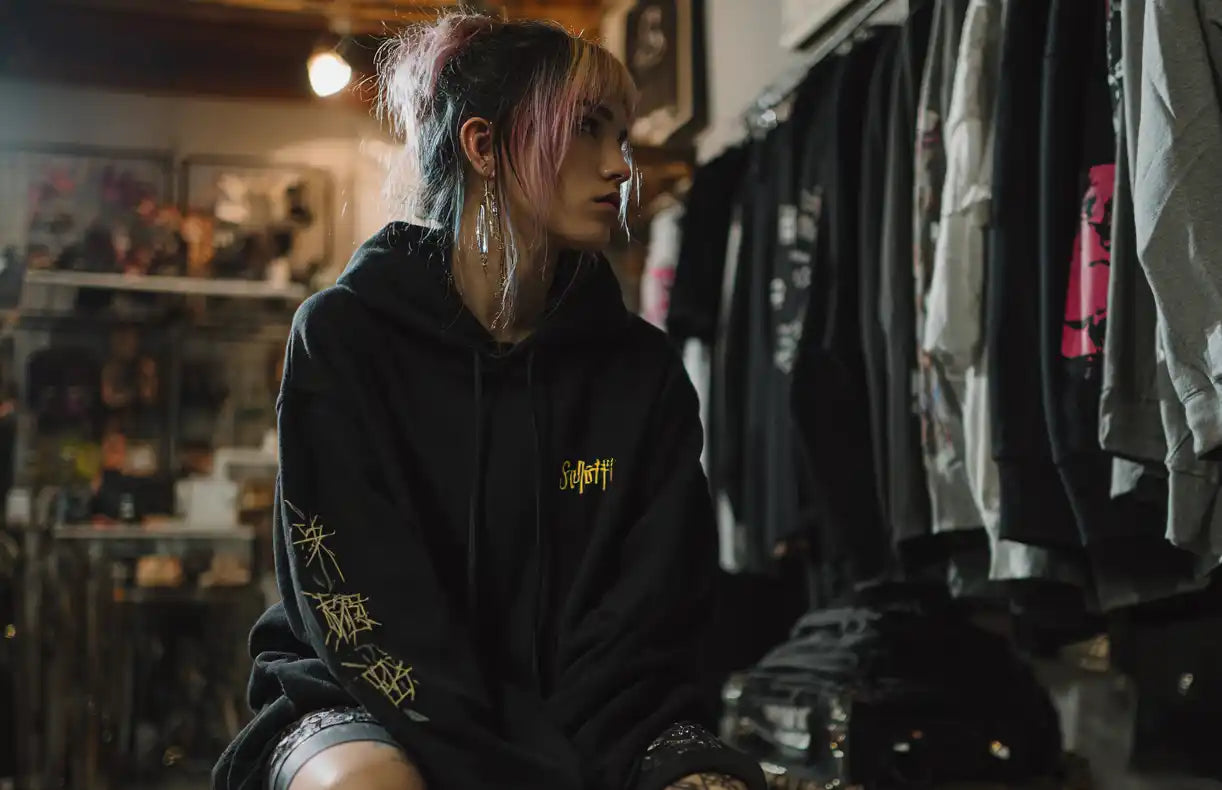
Trends & Designs in Modern Apparel
Oversized fits, streetwear influences, and activewear styles driving custom clothing production.
Explore Trends & Designs for Apparel Development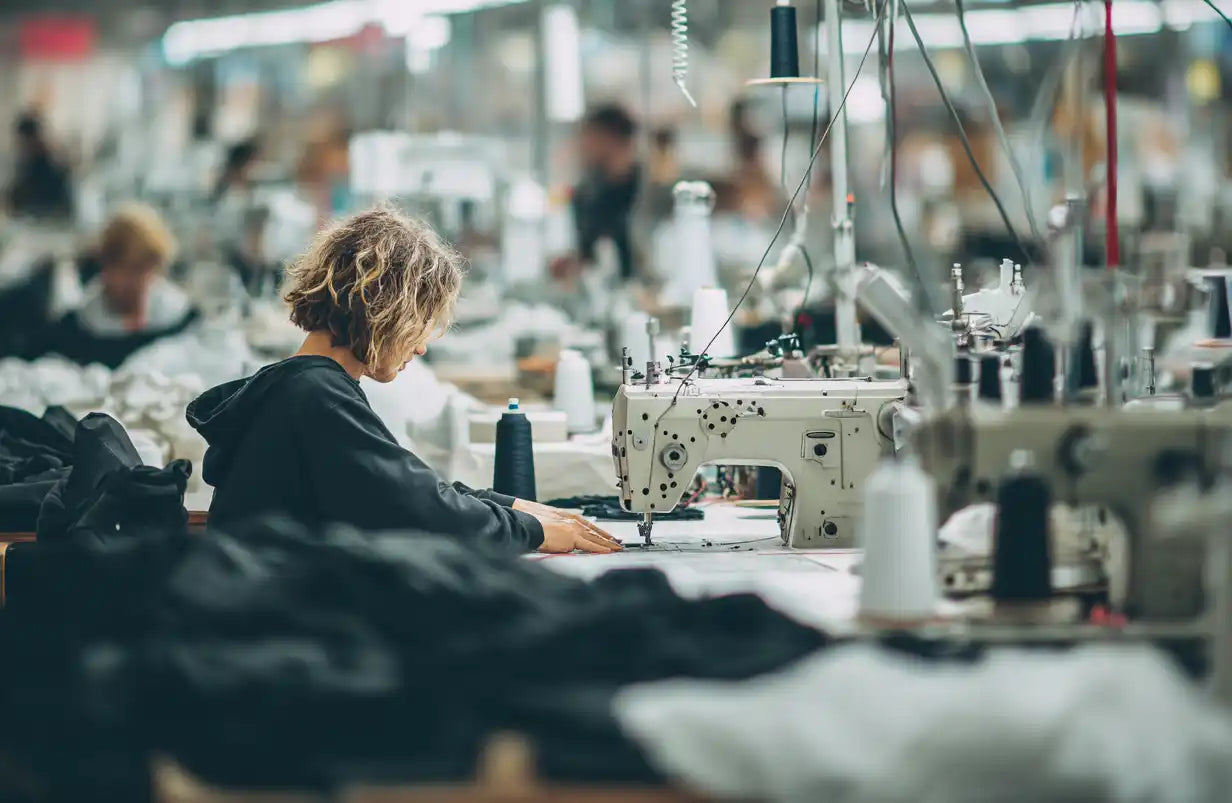
Sustainable & Ethical Clothing Production
OEKO-TEX® certified fabrics, organic cotton, and ethical apparel manufacturing in Portugal.
Understand Sustainable & Ethical Clothing Production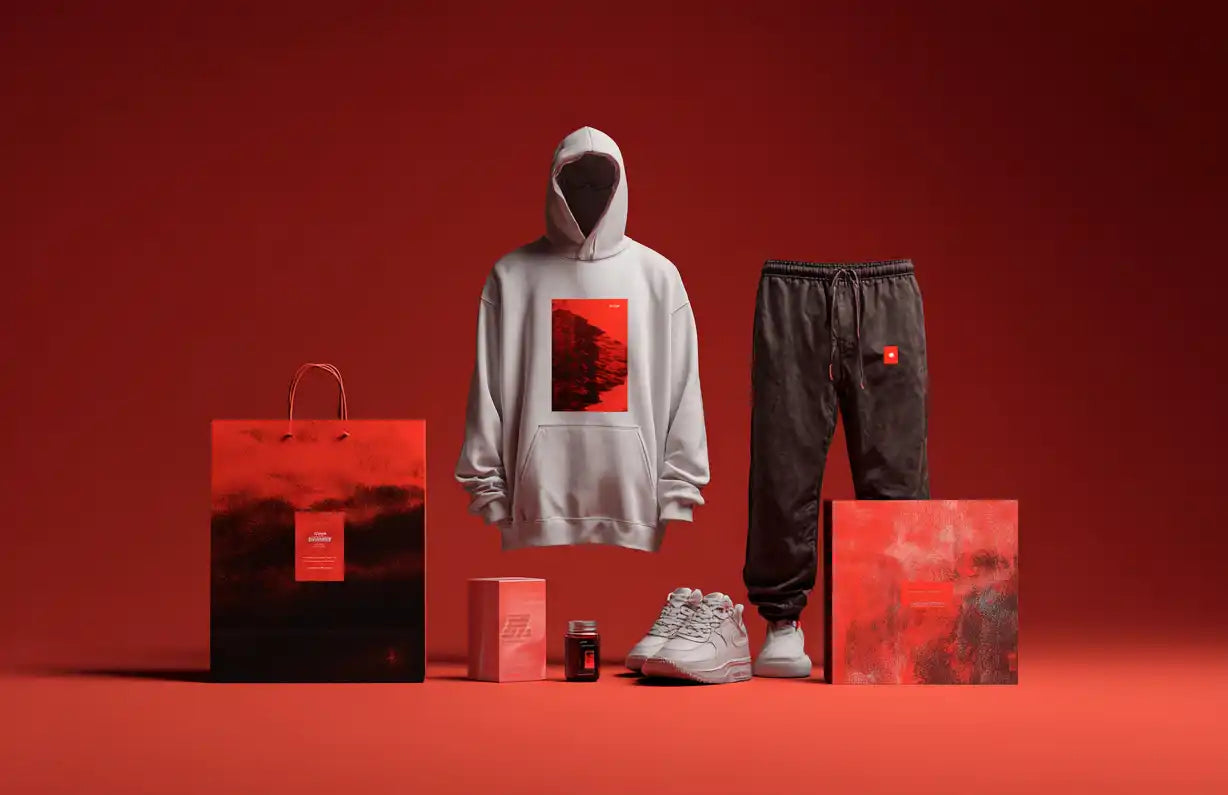
Essentials for Custom Clothing Production
Custom labels, packaging, and trims that elevate your apparel brand in production.
Explore Essentials for Custom Clothing Production
Resources for Custom Clothing Production
Startup guides, logistics support, and scaling strategies for apparel brands and wholesale clients.
Explore Resources for Custom Clothing Production
Clothing Manufacturing Glossary
Explore a complete glossary of clothing and garment manufacturing terms
The Complete Clothing Manufacturing Glossary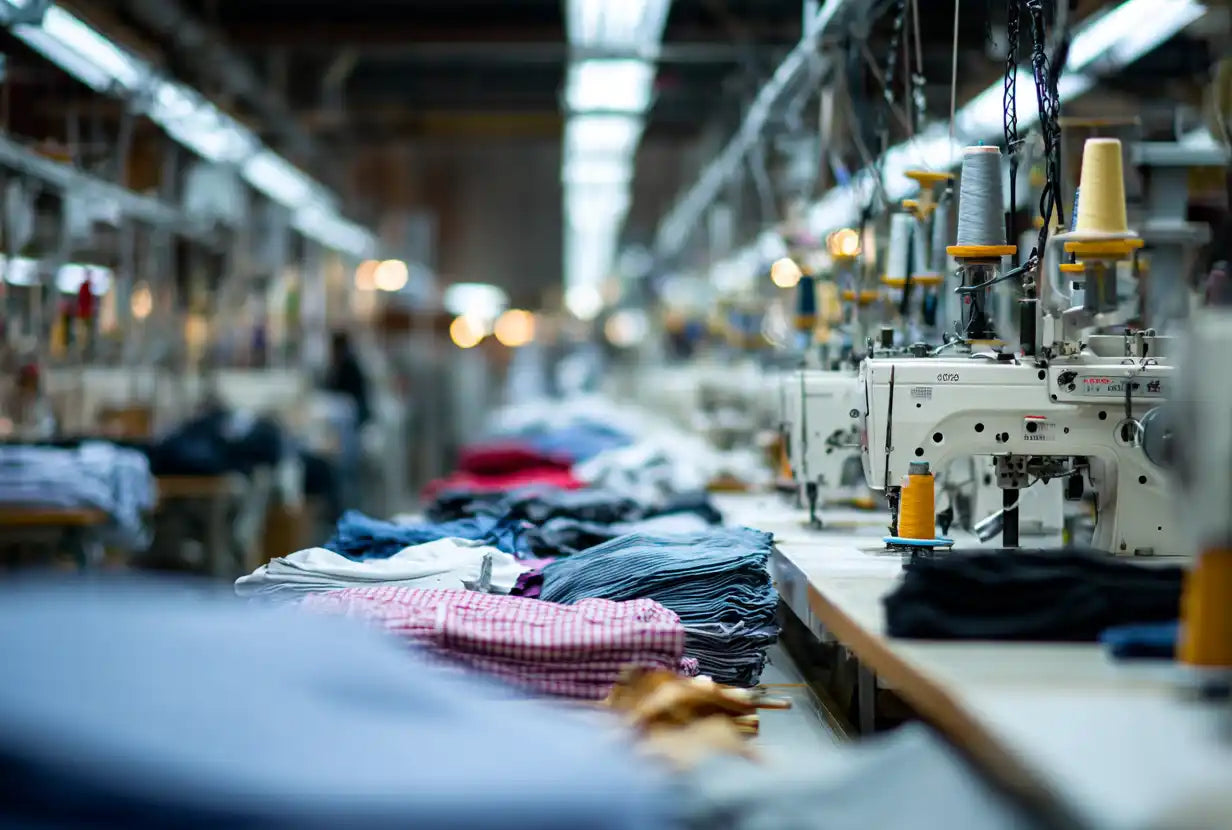
The Best Clothing Manufacturers
Explore global clothing manufacturers by country
Explore The Best Clothing Manufacturers
The Latest Clothing Industry Updates in 2025
Discover the latest news about important topics in the clothing industry in 2025,
Stay On Top Of Clothing Industry Updates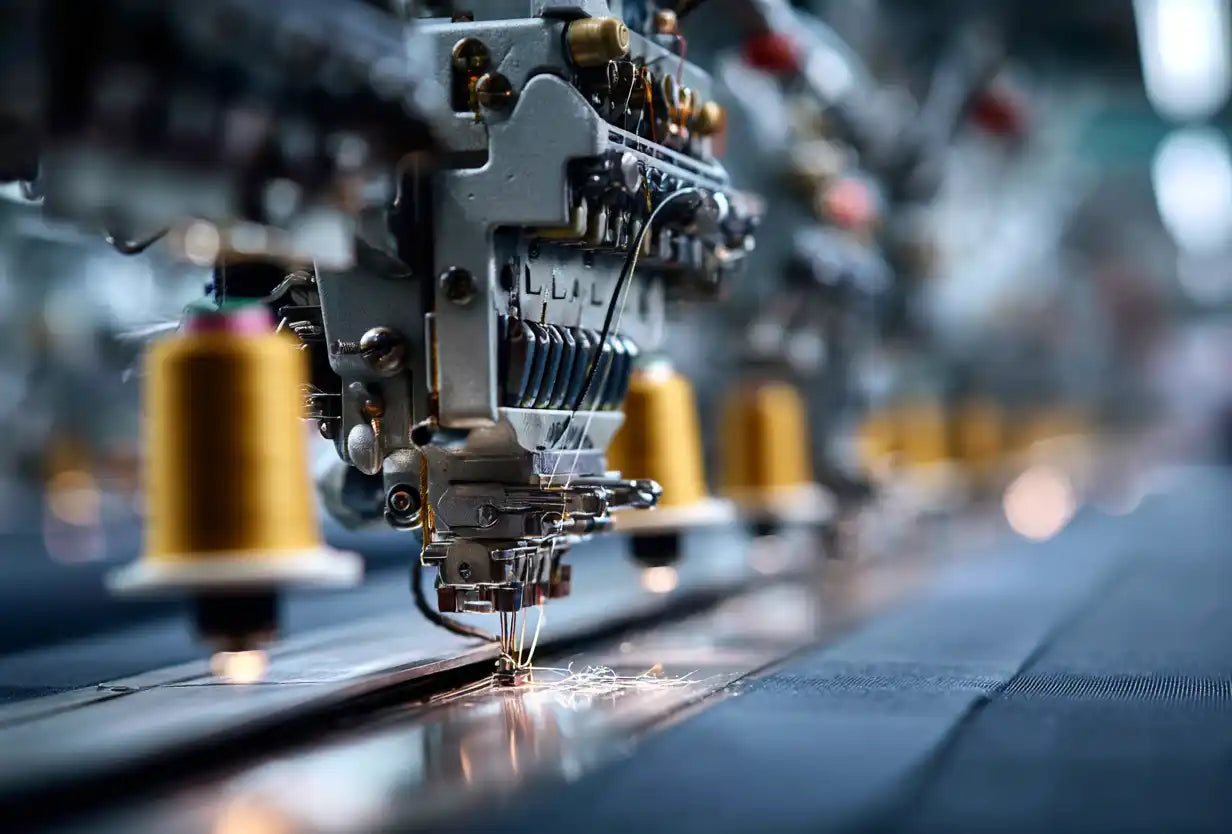
Worldwide Best Manufacturers of Clothes in 2026
Top clothing manufacturers worldwide organized by product type
Find The Worldwide Best Manufacturers of Clothes